Bracteanolide ACAS# 1021432-39-2 |
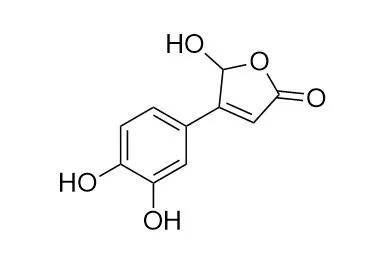
Quality Control & MSDS
Package In Stock
Number of papers citing our products

| Cas No. | 1021432-39-2 | SDF | Download SDF |
| PubChem ID | N/A | Appearance | Powder |
| Formula | C10H8O5 | M.Wt | 208.2 |
| Type of Compound | Phenols | Storage | Desiccate at -20°C |
| Solubility | Soluble in Chloroform,Dichloromethane,Ethyl Acetate,DMSO,Acetone,etc. | ||
| General tips | For obtaining a higher solubility , please warm the tube at 37 ℃ and shake it in the ultrasonic bath for a while.Stock solution can be stored below -20℃ for several months. We recommend that you prepare and use the solution on the same day. However, if the test schedule requires, the stock solutions can be prepared in advance, and the stock solution must be sealed and stored below -20℃. In general, the stock solution can be kept for several months. Before use, we recommend that you leave the vial at room temperature for at least an hour before opening it. |
||
| About Packaging | 1. The packaging of the product may be reversed during transportation, cause the high purity compounds to adhere to the neck or cap of the vial.Take the vail out of its packaging and shake gently until the compounds fall to the bottom of the vial. 2. For liquid products, please centrifuge at 500xg to gather the liquid to the bottom of the vial. 3. Try to avoid loss or contamination during the experiment. |
||
| Shipping Condition | Packaging according to customer requirements(5mg, 10mg, 20mg and more). Ship via FedEx, DHL, UPS, EMS or other couriers with RT, or blue ice upon request. | ||

Bracteanolide A Dilution Calculator

Bracteanolide A Molarity Calculator
| 1 mg | 5 mg | 10 mg | 20 mg | 25 mg | |
| 1 mM | 4.8031 mL | 24.0154 mL | 48.0307 mL | 96.0615 mL | 120.0768 mL |
| 5 mM | 0.9606 mL | 4.8031 mL | 9.6061 mL | 19.2123 mL | 24.0154 mL |
| 10 mM | 0.4803 mL | 2.4015 mL | 4.8031 mL | 9.6061 mL | 12.0077 mL |
| 50 mM | 0.0961 mL | 0.4803 mL | 0.9606 mL | 1.9212 mL | 2.4015 mL |
| 100 mM | 0.048 mL | 0.2402 mL | 0.4803 mL | 0.9606 mL | 1.2008 mL |
| * Note: If you are in the process of experiment, it's necessary to make the dilution ratios of the samples. The dilution data above is only for reference. Normally, it's can get a better solubility within lower of Concentrations. | |||||

Calcutta University

University of Minnesota

University of Maryland School of Medicine

University of Illinois at Chicago

The Ohio State University
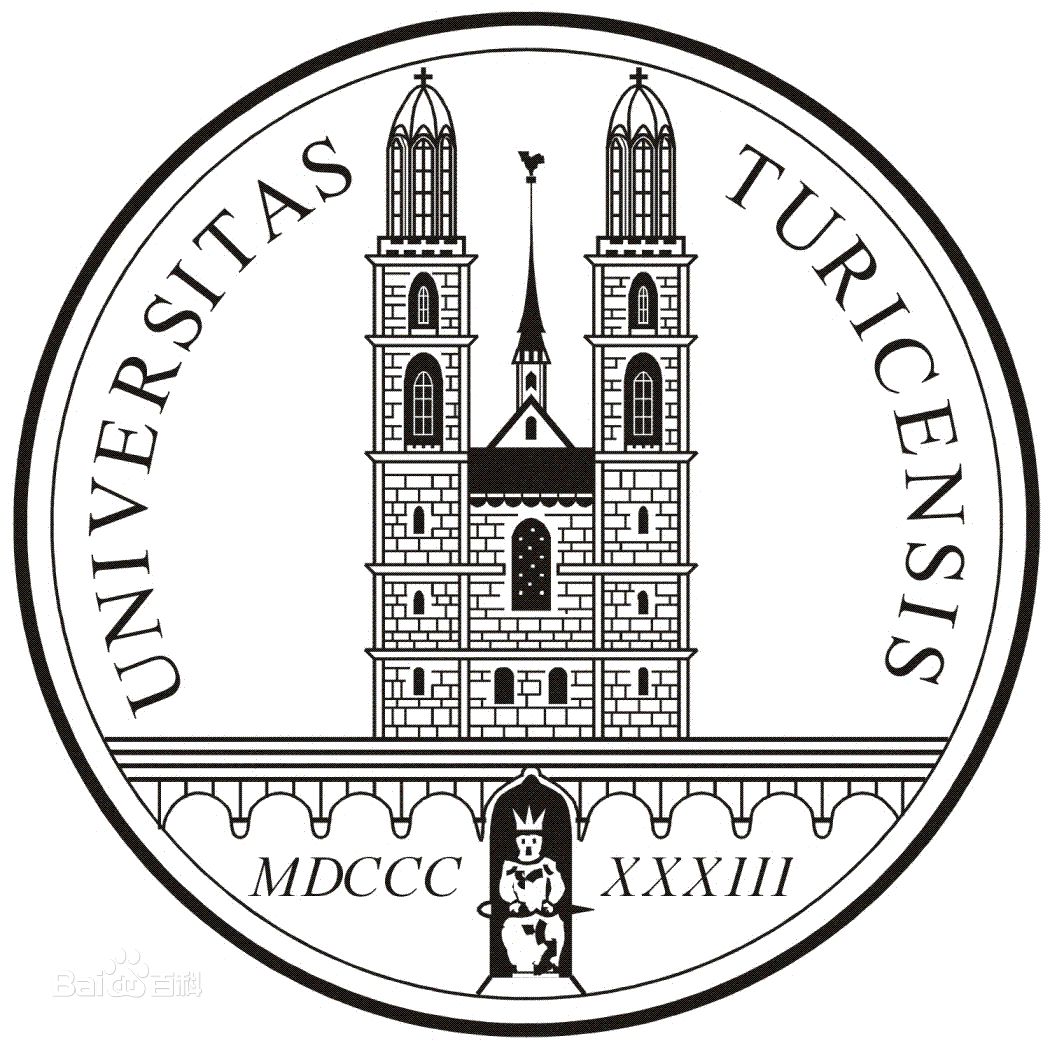
University of Zurich

Harvard University

Colorado State University
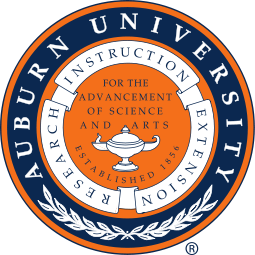
Auburn University

Yale University

Worcester Polytechnic Institute

Washington State University

Stanford University

University of Leipzig
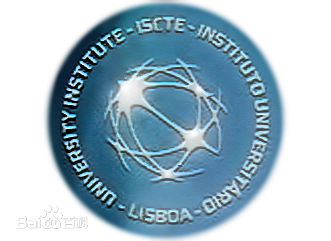
Universidade da Beira Interior

The Institute of Cancer Research

Heidelberg University

University of Amsterdam

University of Auckland

TsingHua University
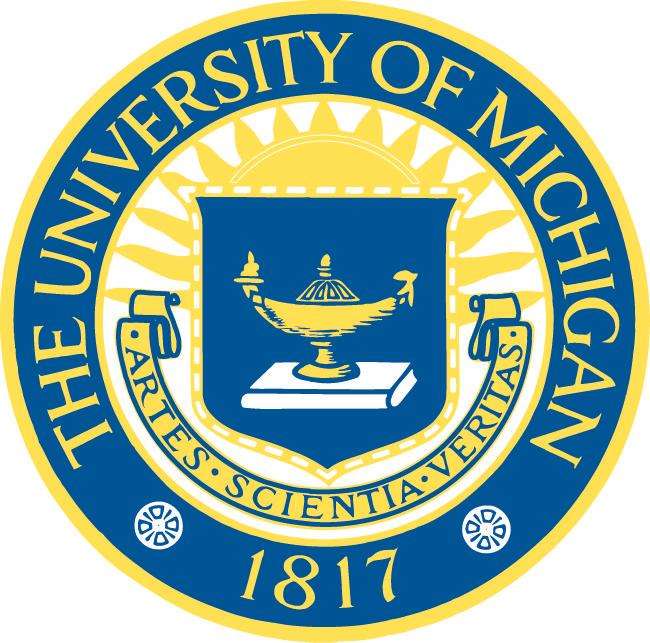
The University of Michigan

Miami University

DRURY University
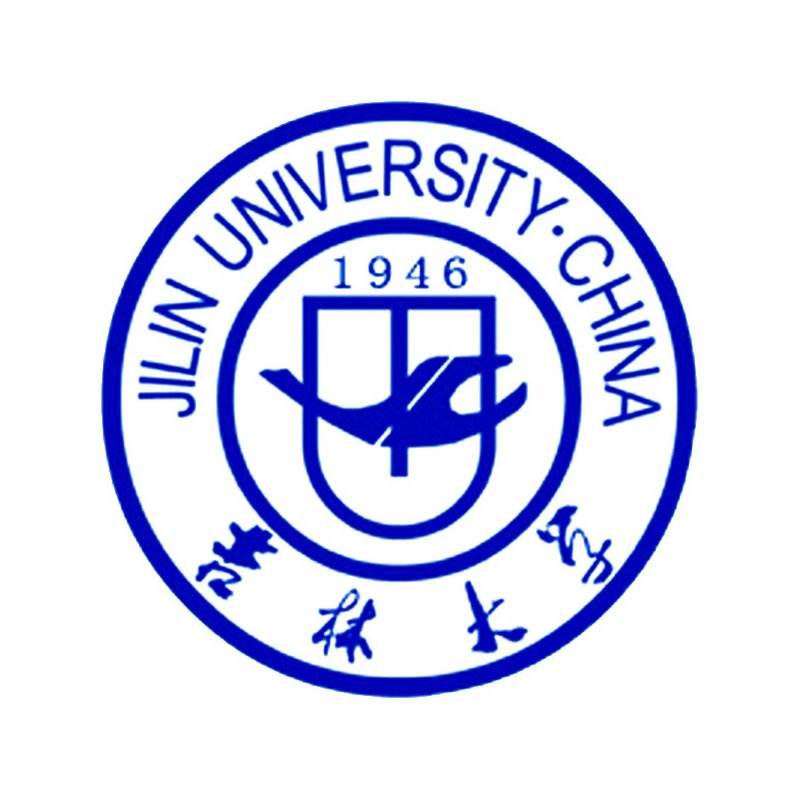
Jilin University

Fudan University

Wuhan University

Sun Yat-sen University

Universite de Paris

Deemed University

Auckland University

The University of Tokyo

Korea University
- Graciliflorin E
Catalog No.:BCX2079
CAS No.:1413941-66-8
- 6,12,15-Trihydroxy-5,8,11,13-abietetra-7-one
Catalog No.:BCX2078
CAS No.:371155-09-8
- Gerardianin B
Catalog No.:BCX2077
CAS No.:2070919-73-0
- 16-Acetoxylsugiol
Catalog No.:BCX2076
CAS No.:1413941-65-7
- Aesculitannin B
Catalog No.:BCX2075
CAS No.:114612-77-0
- MTCA(1-Methyl-1,2,3,4-tetrahydro-beta-carboline-3-carboxylic acid)
Catalog No.:BCX2074
CAS No.:5470-37-1
- Strychnistenolide 6-O-acetate
Catalog No.:BCX2073
CAS No.:325969-56-0
- 4'''-O-beta-D-Glucopyranosyltrifloroside
Catalog No.:BCX2072
CAS No.:188350-29-0
- Azalein
Catalog No.:BCX2071
CAS No.:29028-02-2
- Epicatechin 3-O-(4-O-methylgallate)
Catalog No.:BCX2070
CAS No.:108907-44-4
- 15-Hydroxy-7-oxo-abieta-8,11,13-triene
Catalog No.:BCX2069
CAS No.:105037-83-0
- cis-N-Feruloyloctopamine
Catalog No.:BCX2068
CAS No.:180050-83-3
- Isobiflorin
Catalog No.:BCX2081
CAS No.:152041-16-2
- 2-Hydroxy-6-methoxy-4-O-(6''-O-alpha-L-arabinofuranosyl-beta-D-glucopyranosyl)acetophenone
Catalog No.:BCX2082
CAS No.:1452160-87-0
- Fischeroside A
Catalog No.:BCX2083
CAS No.:1307257-07-3
- 16-Acetoxy-7alpha-methoxyroyleanone
Catalog No.:BCX2084
CAS No.:109974-33-6
- Methyl-6-gingerol
Catalog No.:BCX2085
CAS No.:23513-10-2
- Rhamnetin 3-O-gentiobioside
Catalog No.:BCX2086
CAS No.:1786990-15-8
- Rhamnetin 3-sophoroside
Catalog No.:BCX2087
CAS No.:259234-17-8
- Suksdorfin
Catalog No.:BCX2088
CAS No.:53023-17-9
- Notoginsenoside SFt4
Catalog No.:BCX2089
CAS No.:1351360-30-9
- Albanin D
Catalog No.:BCX2090
CAS No.:134955-26-3
- 4'-O-Methylisoliquiritigenin
Catalog No.:BCX2091
CAS No.:476487-22-6
- Rutarin
Catalog No.:BCX2092
CAS No.:20320-81-4
Polysaccharides and Bioactive Phenolics from Aconitum septentrionale Roots.[Pubmed:37337851]
Chem Biodivers. 2023 Aug;20(8):e202300161.
Aconitum septentrionale is known to contain toxic diterpene alkaloids, while other bioactive compounds in the plant remain unclear. The aim of this study was to explore the phenolic compounds and polysaccharides from the water extract of A. septentrionale roots. Fifteen phenolic compounds were isolated and identified by NMR and MS, including fourteen known and one new dianthramide glucoside (2-[[2-(beta-D-glucopyranosyloxy)-5-hydroxybenzoyl]amino]-4,5-dihydroxybenzoic acid methyl ester, 14). One neutral (complex of glucans with minor amounts of mannans) and two acidic polysaccharide fractions (complexes of pectic polysaccharides and glucans) were also obtained. Hydroxytyrosol (1), hydroxytyrosol-1-O-beta-glucoside (2) and Bracteanolide A (7) inhibited the release of nitric oxide by dendritic cells. Magnoflorine (8) and 2-[[2-(beta-D-glucopyranosyloxy)-5-hydroxybenzoyl]amino]-5-hydroxybenzoic acid methyl ester (12) inhibited 15-lipoxygenase, and Bracteanolide A (7) was a moderate inhibitor of xanthine oxidase. This study is the first to describe the diversity of phenolics and polysaccharides from A. septentrionale and their anti-inflammatory and anti-oxidant activities.
Bracteanolide A abrogates oxidative stress-induced cellular damage and protects against hepatic ischemia and reperfusion injury in rats.[Pubmed:34531989]
Food Sci Nutr. 2021 Jul 22;9(9):4758-4769.
Liver diseases, including viral hepatitis, liver cirrhosis, and liver cancer, mostly remain silent until the late stages and pose a continuing threat to millions of people worldwide. Liver transplantation is the most appropriate solution in the case of liver failure, but it is associated with hepatic ischemia and reperfusion (I/R) injury which severely reduces the prognosis of the patients. In order to ameliorate I/R injury, we investigated the potential of Bracteanolide A, from the herb Tradescantia albiflora Kunth in protecting the liver from I/R injury. We first determined the protective effect of Bracteanolide A against oxidative stress and DNA damage using HepG2 hepatocyte cell line and then assessed the levels of inflammatory cytokines and antioxidant proteins in response to hepatic insult using an animal model of hepatic I/R injury. The results showed Bracteanolide A greatly enhanced cell survival and decreased reactive oxygen species (ROS) production under H(2)O(2) induction. It also upregulated the expression of nuclear factor (erythroid-derived 2)-like2 (Nrf2) and its downstream cytoprotective proteins NAD(P)H quinone oxidoreductase 1 (NQO1) and heme oxygenase-1 (HO-1). Bracteanolide A effectively reduced the severity of liver lesions in I/R-injured rats revealed by histological analysis and significantly decreased the levels of alanine transaminase (ALT), aspartate transaminase (AST), cyclooxygenase-2, and inflammatory cytokines interleukin (IL)-1beta and tumor necrosis factor (TNF)-alpha. Bracteanolide A preconditioning effectively protected the liver from I/R damage in the animal model, and this easily applied procedure may provide a new means to ameliorate hepatic I/R injury during liver surgeries.
Phytochemical Investigation of Tradescantia Albiflora and Anti-Inflammatory Butenolide Derivatives.[Pubmed:31540241]
Molecules. 2019 Sep 13;24(18):3336.
Phytochemical investigation of the whole plant of Tradescantia albiflora Kunth led to the isolation and characterization of a butanolide, rosmarinosin B (1), that was isolated from natural sources for the first time, a new butenolide, 5-O-acetyl Bracteanolide A (2), and a new apocarotenoid, 2beta-hydroxyisololiolide (11), together with 25 known compounds (compounds 3-10 and 12-28). The structures of the new compounds were elucidated by analysis of their spectroscopic data, including MS, 1D, and 2D NMR experiments, and comparison with literature data of known compounds. Furthermore, four butenolides 4a-4d were synthesized as novel derivatives of Bracteanolide A. The isolates and the synthesized derivatives were evaluated for their preliminary anti-inflammatory activity against lipopolysaccharide (LPS)-stimulated nitric oxide (NO) production in RAW 264.7 cells. Among them, the synthesized butenolide derivative n-butyl Bracteanolide A (4d) showed enhanced NO inhibitory activity compared to the original compound, with an IC(50) value of 4.32 +/- 0.09 mug/mL.
Phytochemicals from Tradescantia albiflora Kunth Extracts Reduce Serum Uric Acid Levels in Oxonate-induced Rats.[Pubmed:27279711]
Pharmacogn Mag. 2016 May;12(Suppl 2):S223-7.
BACKGROUND: Tradescantia albiflora (TA) Kunth (Commelinaceae) has been used for treating gout and hyperuricemia as folklore remedies in Taiwan. Therefore, it is worthwhile to study the effect of TA extracts on lowering uric acid activity. The hypouricemic effects of TA extracts on potassium oxonate (PO)-induced acute hyperuricemia were investigated for the first time. MATERIALS AND METHODS: All treatments at the same volume (1 ml) were orally administered to the abdominal cavity of PO-induced hyperuricemic rats. One milliliter of TA extract in n-hexane (HE), ethyl acetate (EA), n-butanol (BuOH), and water fractions has 0.28, 0.21, 0.28, and 1.03 mg TA, respectively; and the plasma uric acid (PUA) level was measured for a consecutive 4 h after administration. RESULTS: All four fractions' extracts derived from TA were observed to significantly reduce PUA compared with the PO group. The EA-soluble fraction (TA-EA) exhibited the best xanthine oxidase (XO) inhibitory activity. Following column chromatography, 12 phytochemicals were isolated and identified from the EA fraction. The IC50 values of isolated phytochemicals indicated that Bracteanolide A (AR11) showed the remarkable XO inhibitory effect (IC50 value of 76.4 mug/ml). These findings showed that the in vivo hypouricemic effect in hyperuricemic rats was consistent with in vitro XO inhibitory activity, indicating that TA extracts and derived phytochemicals could be potential candidates as hypouricemic agents. SUMMARY: Tradescantia albiflora extracts possess in vivo hypouricemic action in hyperuricemic ratsT. albiflora extracts exhibited strong inhibitory activity against xanthine oxidase (XO)Butenolide may play an important role in XO inhibitionThe extract Bracteanolide A was demonstrated potent XO inhibitory activity in vitro. Abbreviations used: TA: Tradescantia albiflora, PO: potassium oxonate, HE: n-hexane, EA: ethyl acetate, BuOH: n-butanol, PUA: plasma uric acid, XO: xanthine oxidase, MeOH: methanol, IP: intraperitoneal.
Selective inducible nitric oxide synthase suppression by new bracteanolides from Murdannia bracteata.[Pubmed:17442510]
J Ethnopharmacol. 2007 Jun 13;112(2):221-7.
Murdannia bracteata has been used as a Taiwanese folk medicine for its anti-inflammatory properties. However, neither its active ingredients nor its anti-inflammatory actions are well defined. Nitric oxide (NO), overproduced by activated macrophages via inducible NO synthase (iNOS), is suggested to be a significant pathogenic factor in various inflammatory tissue injuries. In order to elucidate the anti-inflammatory actions of M. bracteata, the present study was designed to isolate its active constituents and examine its effects on iNOS in lipopolysaccharide (LPS)-activated macrophages. Two new hydroxybutenolides, Bracteanolide A (1) and B (2), together with (+)-(R)-p-hydroxyphenyllactic acid (3) and isovitexin (4), were isolated and identified from M. bracteata by the NO production assay. All of the compounds inhibited NO production except 3. Their rank order of potency was 1>2>4. Among these, 1 significantly inhibited NO production, which is associated with its suppression on iNOS induction in a concentration-dependent manner, with an IC(50) of 33.27+/-0.86 microM. Nevertheless, isometric tension recordings in isolated endothelium-intact rat aorta revealed that 1-4 did not affect acetylcholine-induced endothelial NO-dependent relaxation, an index of endothelial NOS (eNOS) activity. The selective inhibition on iNOS provides a possible explanation for the anti-inflammatory use of M. bracteata.


